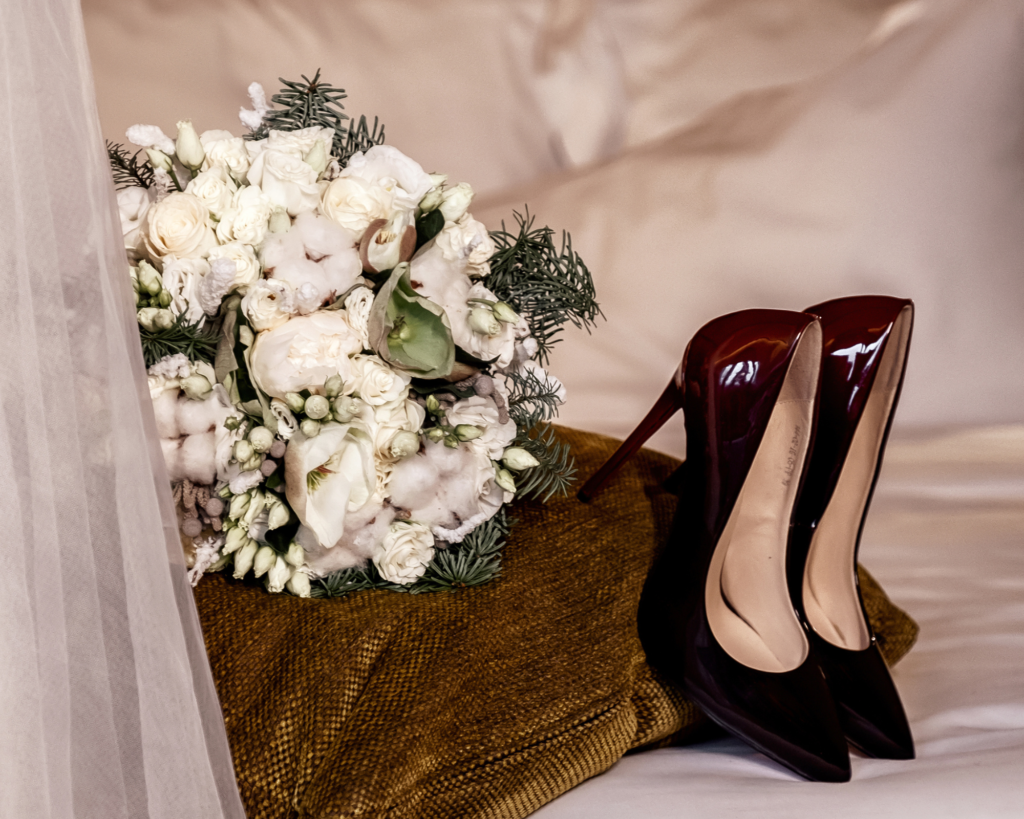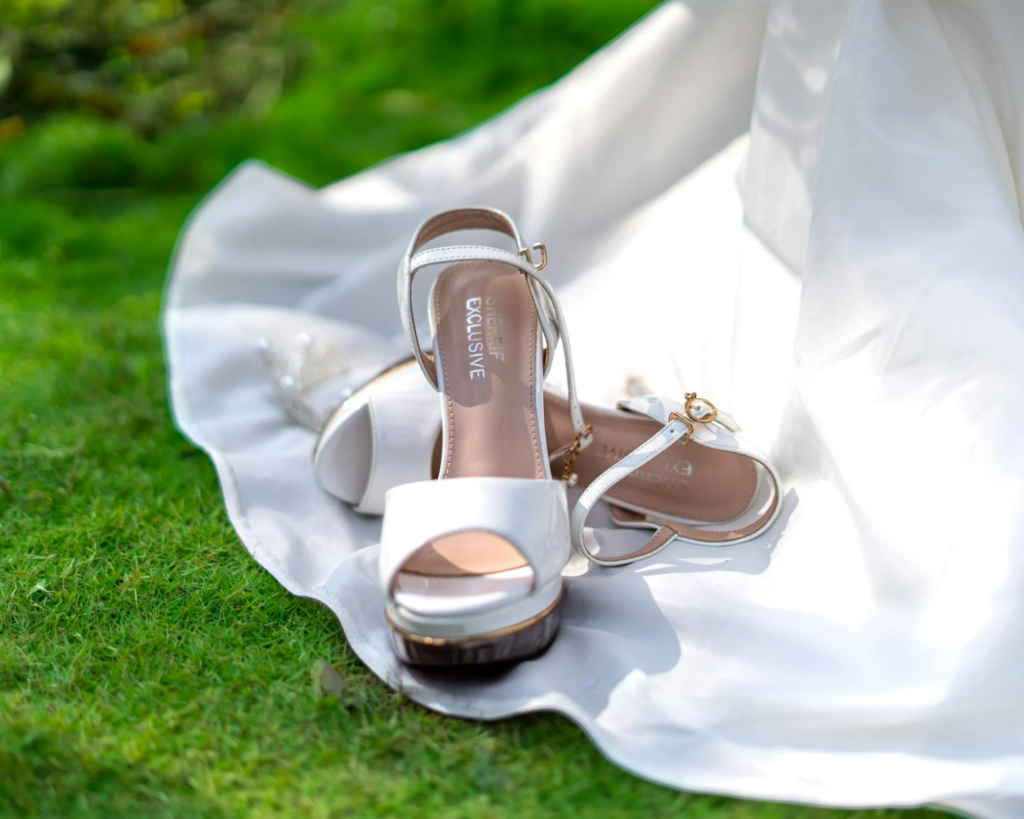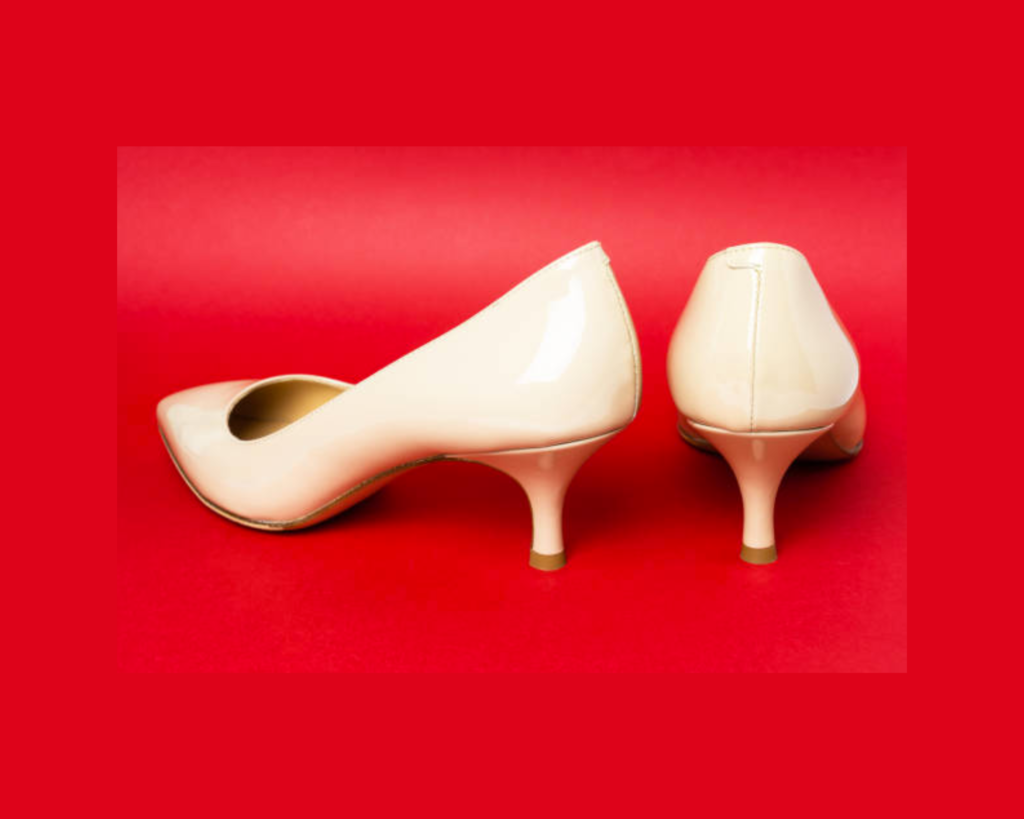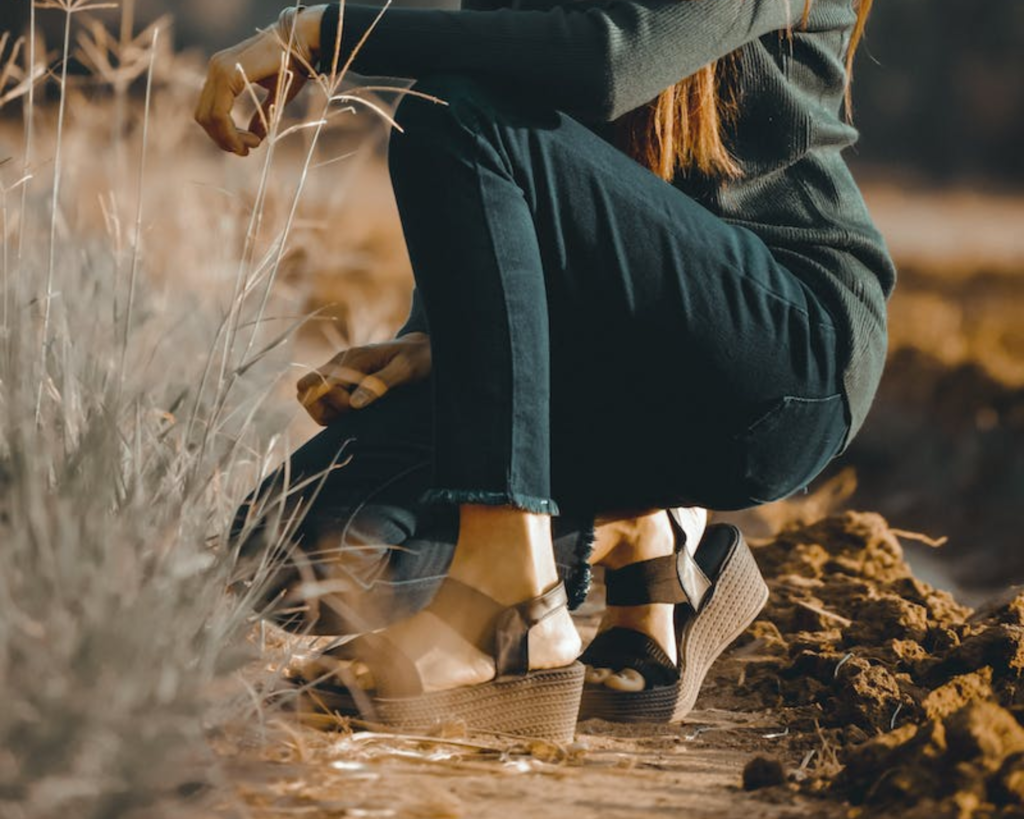I love heels. The elegance of them. They are really just that elongated additions to your feet that would take both your height and style a notch higher (every single pun intended). They have strutted through history, evolving from functional necessities to fashionable additions to our wardrobes. This article explores the intriguing evolution of heels from ancient civilizations to the fashion statement that they are in the modern age.
Where did heels come from?
The roots of heels trace back to ancient civilizations, where their purpose was far from fashion-forward. In ancient Egypt, around 3500 BCE, murals depicted both men and women wearing heels to elevate themselves above the sandy ground, protecting their feet from hot surfaces and dirt. Butchers also wore it to prevent animal blood from staining their feet. Meanwhile, in ancient Greece, actors in tragic plays donned raised footwear called “buskins” to distinguish themselves from comedic characters.
More so, heels weren’t merely used to enhance height; they also elevated one’s status. During the 16th century, Persian horseback warriors sported heels to secure their stance in stirrups while riding. These “riding heels” soon caught the attention of the European aristocrats, who adopted them as symbols of nobility and power. The higher the heel, the more elevated one’s social standing.
Why heels are so popular?
The Renaissance era heralded a new chapter for heels. As fashion became more intertwined with art and culture, heels evolved into elaborate expressions of style. European royalty flaunted heels adorned with jewels and flawless designs, which emphasised their wealth and influence. However, beyond being a symbol of wealth and influence, heels became a unisex fashion statement, adorning the feet of people of all genders.
As the Enlightenment dawned, heels fell out of favour among men. However, heels persisted in women’s fashion, albeit in varying forms and heights. They became more associated with femininity and sensuality as they were believed to accentuate the curves and gait of the female form.
Industrial Revolution and Beyond
The Industrial Revolution brought about significant changes in footwear manufacturing. Hence, heels became more accessible to the masses. With the advent of mass production, from stilettos to wedges, heels became available in different styles and lengths, catering to diverse tastes and preferences.
Types of Heels for Beginners

1. Stiletto Heels
Ultra-thin, high heels typically measure 2 inches or higher.
Known for their sleek and elongating effect on the legs.
Perfect for formal occasions and adding a touch of sophistication to any outfit.

2. Block Heels
Chunky heels with a wider base for added stability and comfort.
Offer better support compared to stilettos, making them ideal for all-day wear.
Versatile and suitable for both casual and dressy outfits.

3. Wedge Heels
Heels with a solid wedge-shaped sole that extends from the heel to the toe.
Provide better balance and support due to their wider base.
Great for summer outfits, offering height without sacrificing comfort.

4. Kitten Heels
Short, slender heels typically measure 1.5 to 2 inches in height.
Offer a more subtle lift compared to stilettos, perfect for everyday wear.
Ideal for those seeking a touch of elegance without the discomfort of high heels. Here are 3 Reasons to Wear Kitten Heels
5. Platform Heels
Heels with a thick sole at the front, elevating the entire foot.
Provide height and comfort by reducing the angle of the foot arch.
Popular in the 1970s and making a comeback in contemporary fashion.
6. Cone Heels
Heels that flare outwards from the bottom, resembling an inverted cone.
Offer a unique and stylish silhouette, adding interest to footwear.
They provide better stability compared to stilettos, making them suitable for various occasions.

7. Espadrille Heels
Heels featuring a woven or braided rope sole, typically with a wedge heel.
Perfect for summer outfits and beachwear, adding a touch of bohemian chic.
Combine style with comfort, making them a popular choice for casual outings.
High Fashion’s Love for Heels
The 20th century witnessed the emergence of high fashion houses and iconic designers who redefined the concept of heels. Names like Christian Dior, Salvatore Ferragamo, Christian Louboutin, and Manolo Blahnik revolutionised footwear design. They created iconic designs of heels that became statements of elegance, sophistication, and glamour, gracing the feet of stars.
The Heels and Feminism Connection
Heels have also played a pivotal role in shaping cultural narratives and societal norms. In the 1960s, the feminist movement challenged traditional gender roles, prompting women to question the expectations imposed upon them, including footwear choices. The rise of feminism saw a surge in the popularity of flats as women sought comfort and liberation from constricting heels.
Here’s what heels will look like in 2024
As fashion evolves, so too will the role of heels. With an increased focus on sustainability and inclusivity, designers are exploring eco-friendly materials and inclusive sizing options to cater to diverse body types and preferences. Heels will continue to evolve, adapting to changing tastes and lifestyles while retaining their timelessness. Stay up to date on the newest in the world of Fashion, Arts, Beauty and Lifestyle; Follow FAB on Instagram.
Conclusion
The history and evolution of heels showcase the ingenuity, creativity, and self-expression of humans. It also gives extra credence to the fact that fashion evolves and will keep evolving to cater to the orientation, needs, and preferences of humans at every point in time.
Our Readers Also Recommend:











